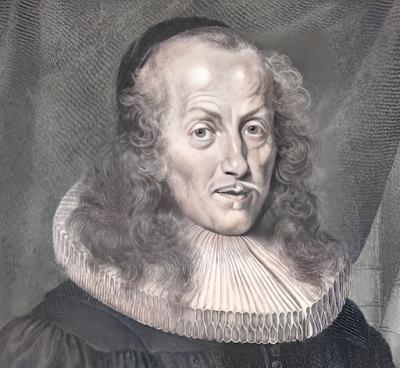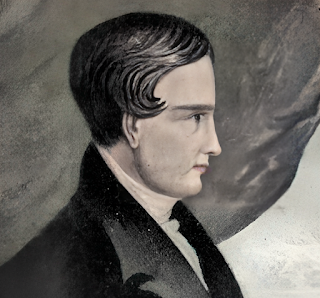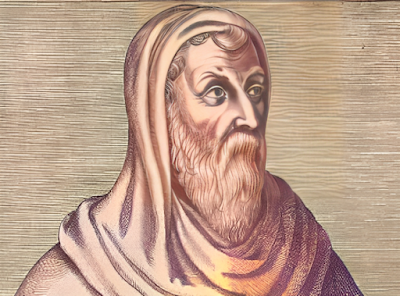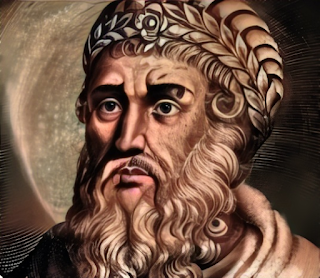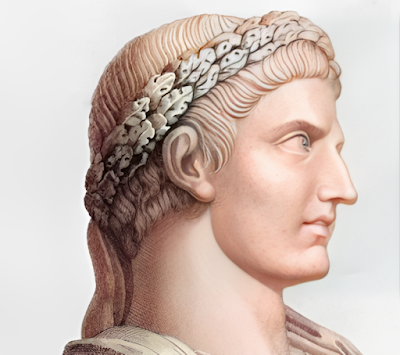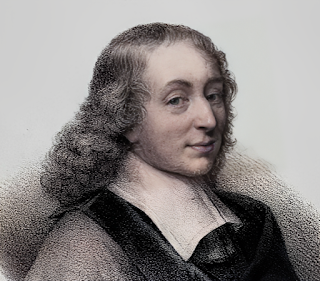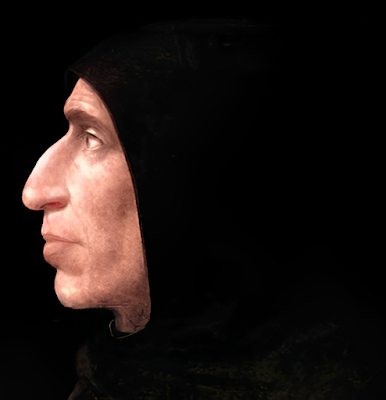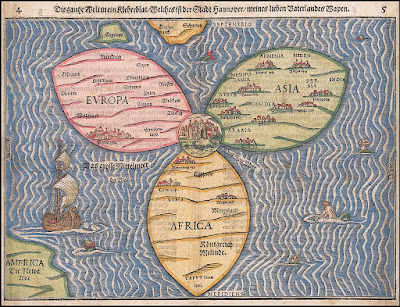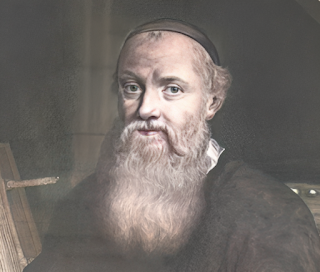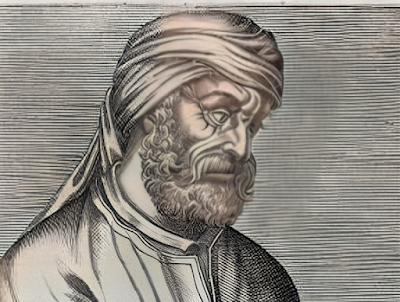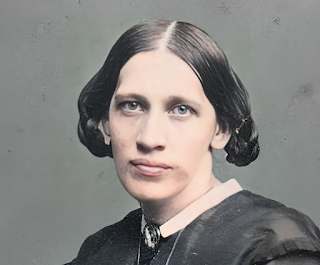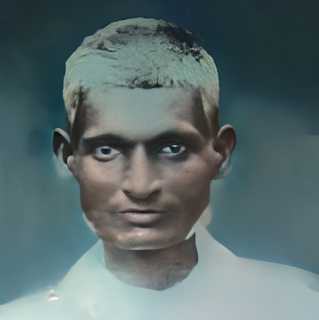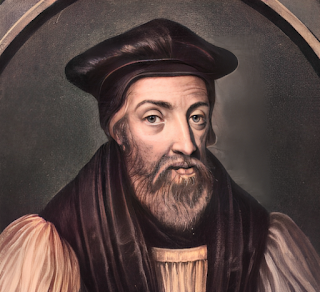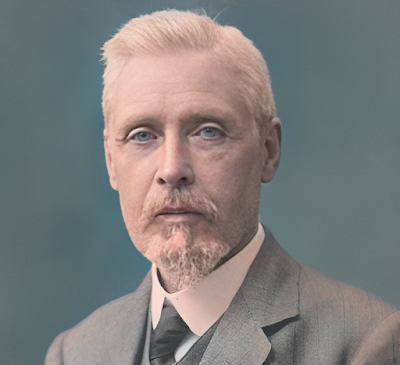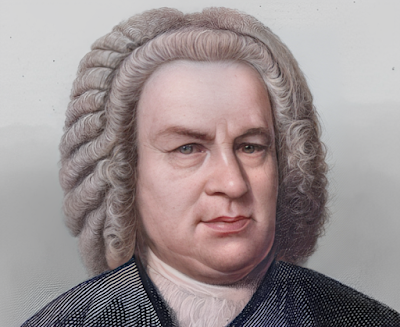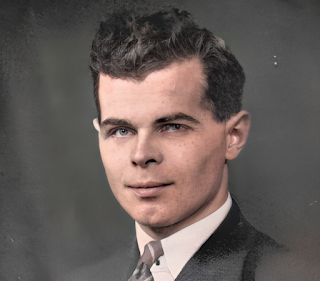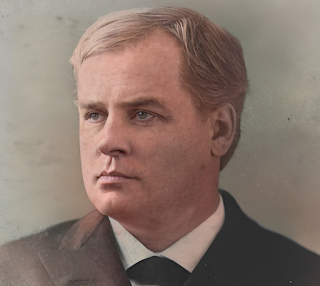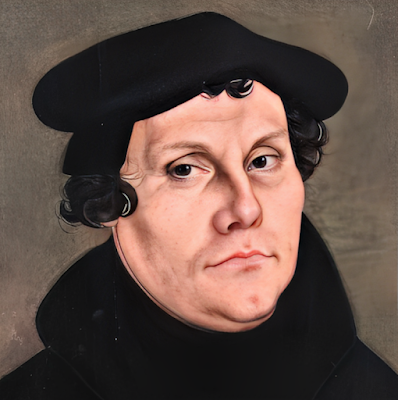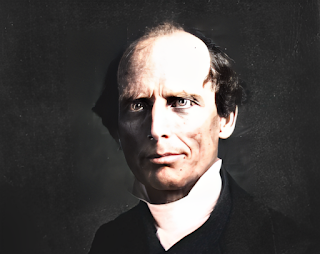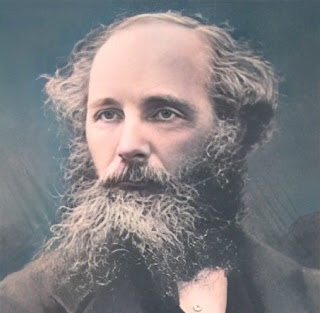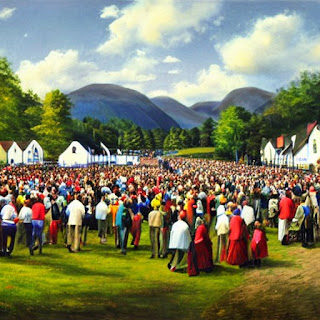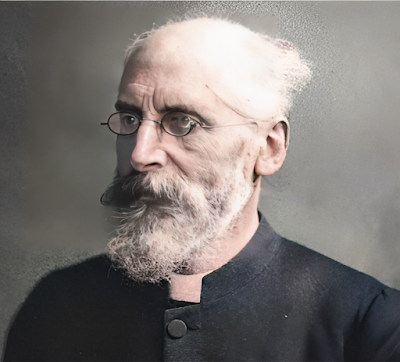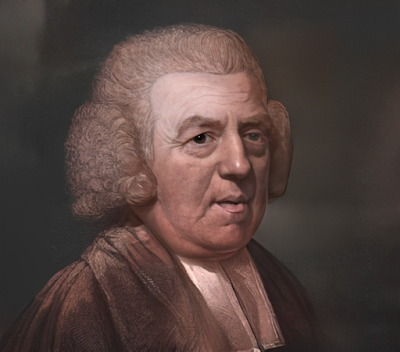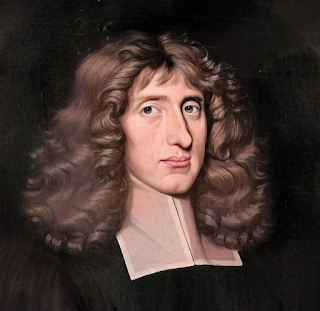Biblical Hebrew Vocabulary

Biblical Hebrew is a form of the Hebrew language that was used in the writing of the Hebrew Bible, also known as the Old Testament. It is a classical language that was used by the ancient Israelites and is considered the language of Jewish liturgy and scholarship. Here is a list of some common words in Biblical Hebrew and their meaning: יְהוָה (Yahweh) - LORD אֵל (el) - God, mighty one אֱלֹהִים (Elohim) - God, gods אָדָם (Adam) - Man בֵּן (Ben) - Son קֹדֶשׁ (Kodesh) - Holy רוּחַ (Ruach) - Spirit יוֹם (Yom) - Day דָּבָר (Davar) - Word מֶלֶךְ (Melech) - King נָפַשׁ (Nefesh) - Soul עֶבֶד (Eved) - Servant עֵץ (Etz) - Tree כָּבוֹד (Kavod) - Glory, honor, respect עוֹלָם (Olam) - World, eternity, age שָׁלוֹם (Shalom) - Peace, wholeness, completeness תּוֹרָה (Torah) - Law, the first five books of the Hebrew Bible חֶסֶד (Chesed) - Kindness, mercy, love בְּרִית (Brit) - Covenant, agreement, treaty צֶדֶק (Tzedek) - Righteousness, justice חַיִּים (Chayim) - Life, vitality, energy תְּפִלָּה (Tefill...

